"How to watch Hockey Night in Canada, from Detroit, for $40 USD"
Just like with cooking and recipe web sites, its always better to read a
really long, meandering story about a thing before the author gives you any of
the specific details that you came here to read about. This is done for two
reasons: 1) to build up backstory and dramatic interest in the thing they are
writing about, because they like writing and are passionate about the subject,
and; 2) To get you to scroll past a bunch of embedded advertisements that would
otherwise not appear 'above the fold' and generate any site revenue. Since we
don't have any advertisements or site revenue at all, please assume reason #1. -Auth.
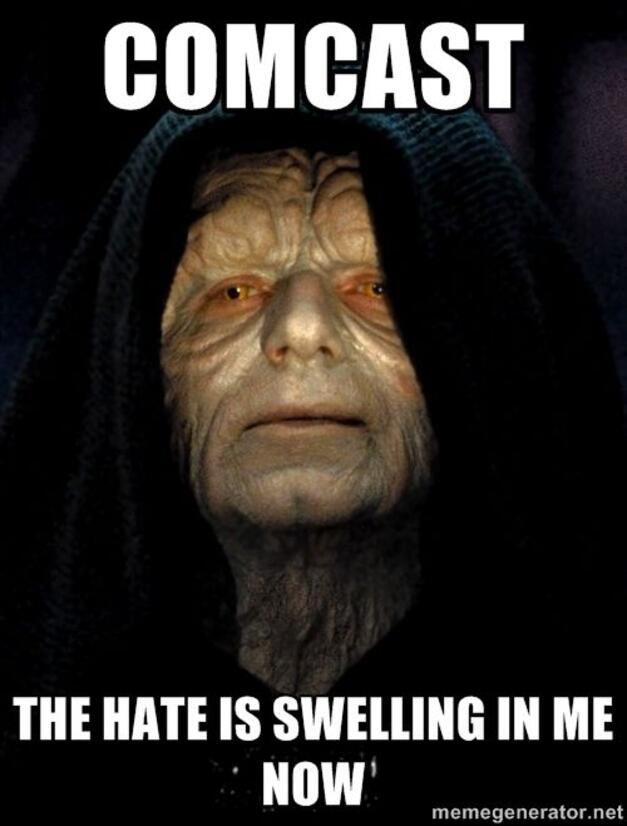
I had to do it. I finally had to CUT THE CABLE.
I was paying for 600Mb/s down 25Mb/s up Internet, bundled with a local POTS
phone line and a TV package, from Comcast, the local cable monopoly. It was
expensive but reliable, and I wasn't unhappy with it. However, when the
AT&T Death Star battle station came back into orbit around my little planet
and offered to sell me 1Gb/s bidirectional fiber Internet for roughly a
fifth of the price, I had to jump on that.
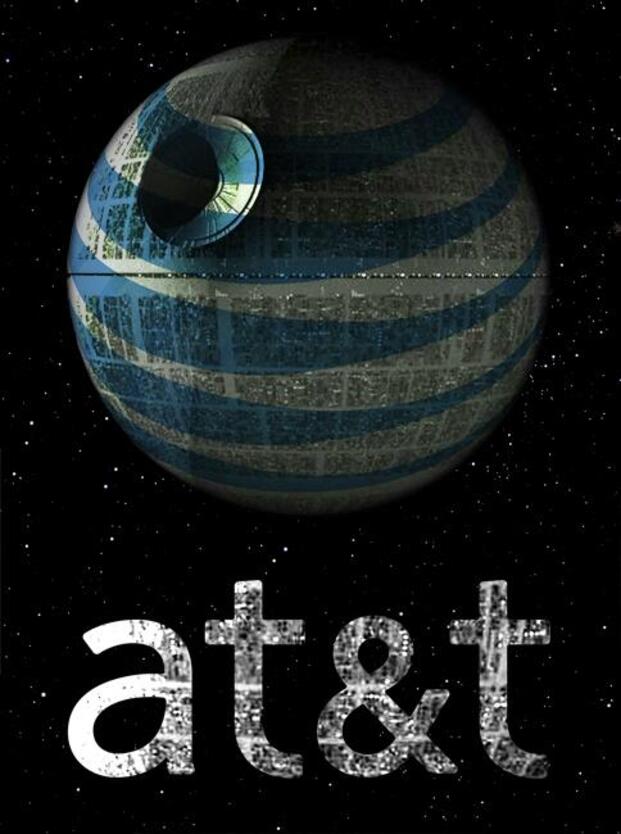
After the new Imperial Internet provider's service proved to be fully operational, I
went to drop the Internet portion of the Comcast service. The nice people at
the Comcast store let me know that the adjusted price for my now (TV plus Phone
minus Internet) package was going to drop by... Wait for it... Zero
Dollars, and I knew it was time for the cable to go. There were only two
problems to overcome, how to record Jeopardy, and how to watch Hockey Night
in Canada without paying for two streaming services.
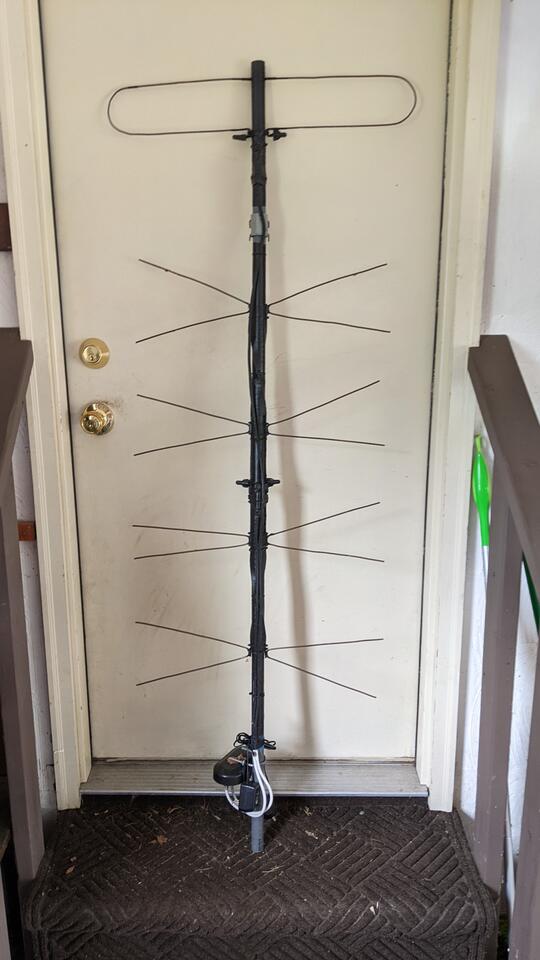
The answer, of course, was good 'ole OTA Broadcast TV with an Antenna, which I already had! Back in the early 2000's, I had DirecTV Satellite TV, another service that I really enjoyed. Of course, that was before the Imperial Storm Troopers of AT&T subjugated that service and wrecked it, but that's a different part of the Trilogy. Because of the way DirecTV worked, it needed a fairly pricey converter box and cable run to each TV, and I wasn't willing to do that for my upstairs home office. Instead, I built a DB4 Bow Tie Antenna with copper wire, zip ties, and electrical tape, stuck it in my attic, and ran a wire through the ceiling down to the TV. It worked great in the SF Bay Area for a decade, even after the transition to digital ATSC in 2009. So, I pulled the antenna out of storage, painted it with a thick layer of Flex Seal to help weatherproof it, and stuck it up on the roof.
My good old DB4 worked OK for a while. It got all the local Detroit channels, including the one that runs Jeopardy, but it really struggled with the more distant VHF ones in Toledo, and CBC 9 out of Windsor ON, the home of Hockey Night. The VHF folded dipole section that I put on top of the DB4 just wasn't up to the task. Despite the lack of decent hockey coverage, I used the antenna along with a Tablo QUAD OTA DVR to record Jeopardy! and to stream a picture to the other TV's in the house. When the 20 year old signal amp started to flake out, and I found I couldn't buy a simple replacement with the same separate VHF/UHF inputs, it was time to build something new.
There are many different types of TV antenna designs out there, including
some very powerful directional ones. Antennas are always a compromise, and
uni-directionality isn't always the best thing. I am located between three TV
markets, Detroit MI to the North East, Toledo OH to the South South East, and
Windsor ON to the East South East. Back in the old days in this location, we'd
use a directional antenna with a rotator to pick which channels we wanted to
watch, but that doesn't work very well with an always-on DVR. Frankly, it
doesn't even work very well with regular TV sets anymore either, since a change
in antenna direction always requires a roughly ten minute channel re-scan to
recognize the different channel set. This seems like a glaring oversight by TV
manufacturers, and makes pointing an antenna correctly a real pain. But more
on this later.
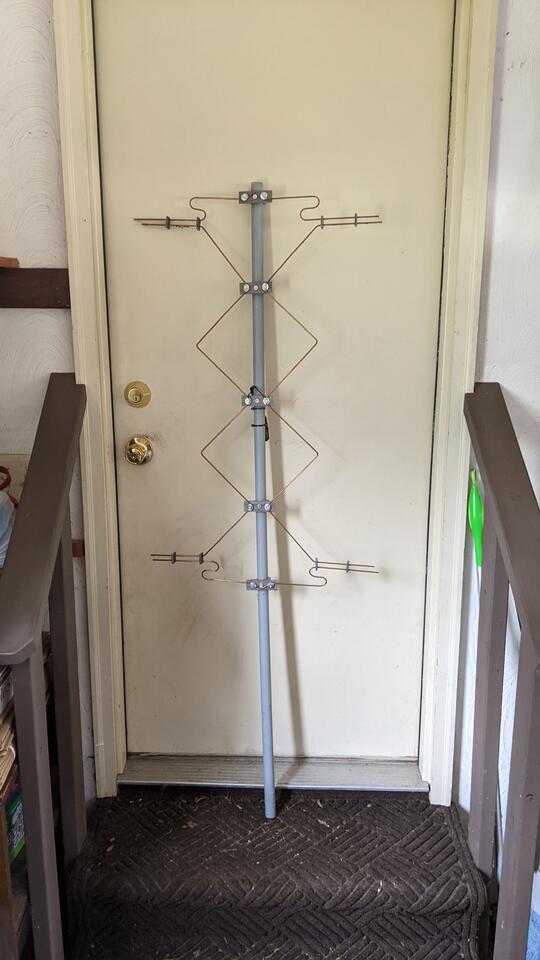
The antenna that I decided to build was a Gray-Hoverman TV antenna with NARODS, but no reflectors. Without the reflectors, this antenna is bi-directional like the DB4 I was replacing, which I hoped meant that I could aim it roughly North-South, and get both the Detroit and Toledo markets simultaneously. With a little luck, I might also bring in CBC 9 a little better.
I read a lot of forum posts about NARODS and Hovermans, and found the measurements for a final design, which I took on faith, and built. It definitely outperformed the old DB4+VHF Dipole, but it was still not great in the VHF band. Channels (real) 9 from Windsor and (real) 13 from Toledo were coming in over it just well enough to be annoying to try and watch. I'd think I could watch those channels, but the breakups were way too frequent and long lasting to really make it a good experience, and the Tablo would often crash while trying to record those stations. Something else had to be done.
While reading all about antenna designs, I learned about a thing called
Numerical Electromagnetics Code
, which is an antenna modeling system for wire antennas. It seemed like all of
the cool kids who were coming up with these great antenna designs were using
some version of it or another, and it just so happened that
Xnec2c
was already available for my computer system, ready and waiting for me to learn how to use it.
NEC is Voodoo. Black magic from the old days, in the extreme. Legend has
it that the original machine code was salvaged by the Navy from a downed alien
space craft, and was painstakingly converted from trinary codes into FORTRAN in
the 1970's. Because so few people understand that code, even the port into C
still uses the same punched card interface that the Grey Aliens inadvertently
left on Earth. Or maybe some guys named
Burke
and Poggio from
LLNL
wrote it while under contract. Who knows. All we do know is that it is one
cryptic piece of code, and one that seems to do a great job at predicting
antenna performance. I set out trying to simulate a better TV antenna using a
Libreoffice Calc spreadsheet and xnec2c, paying special attention to the VHF NAROD
element design, and constructability from parts that I could get from my local
Big Box Hardware Store
, so that if I came up with something good, maybe it would be easy for someone
else to replicate. The best design that I could come up with by hand was the
Jeffrika6
, which has an easier to bend NAROD section with a lower overall height than the modified Hoverman.
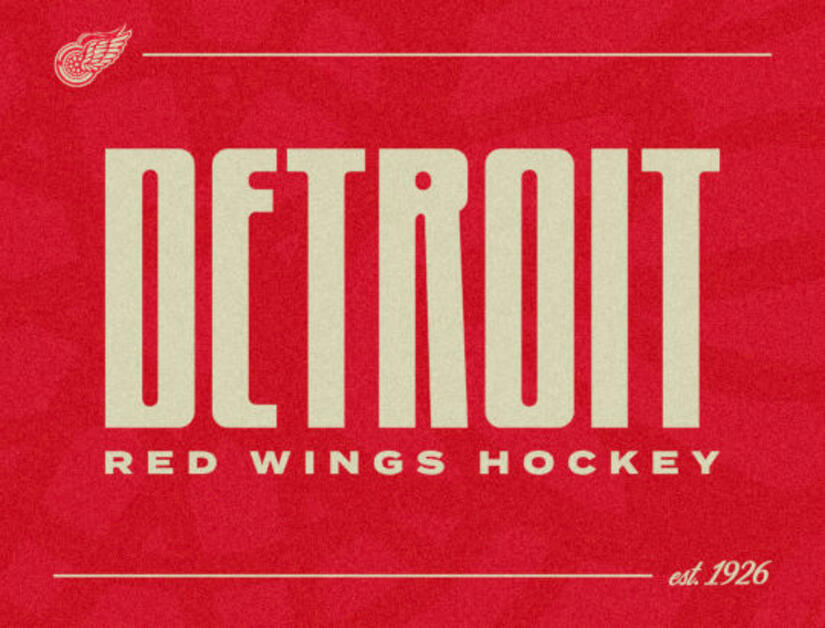
I almost built the Jeffrika6, but then I realized that I could probably make a cost reduced and easier to reproduce version if I made the mounting brackets a little differently. That was going to require a different design width. I'd also learned that the shape and distances on the NAROD sections were a lot more sensitive to changes than I'd expected. It gave me a bad feeling that I probably should have included the various mounting bolts in the simulation, since adding ten 1+1/4" bolts to hold the copper wire of antenna in place was going to add over a foot to the overall electrical length! Add another ten screws to hold the brackets on, and suddenly it didn't seem like an insignificant amount of extra metal to simply ignore. My spreadsheet was already getting too unwieldy to account for all of these new wrinkles, and I knew I was going to want to do some computer-guided optimizations, so I ended up replacing the spreadsheet with a program that could print out a NEC file and run xnec2c over it. I manually copied the Jeffrika6 design into the program, and after letting my code iterate over the dimensions for a few hours, the Jeffrika7b is the final optimized design that I built.
Hockey season is over for the year, but I'll be ready for the 2023-2024 Detroit Red Wings and the Toronto Maple Leafs games on CBET CBC Windsor 9 when they start playing again, because the Jeffrika7b antenna is works like a champ!